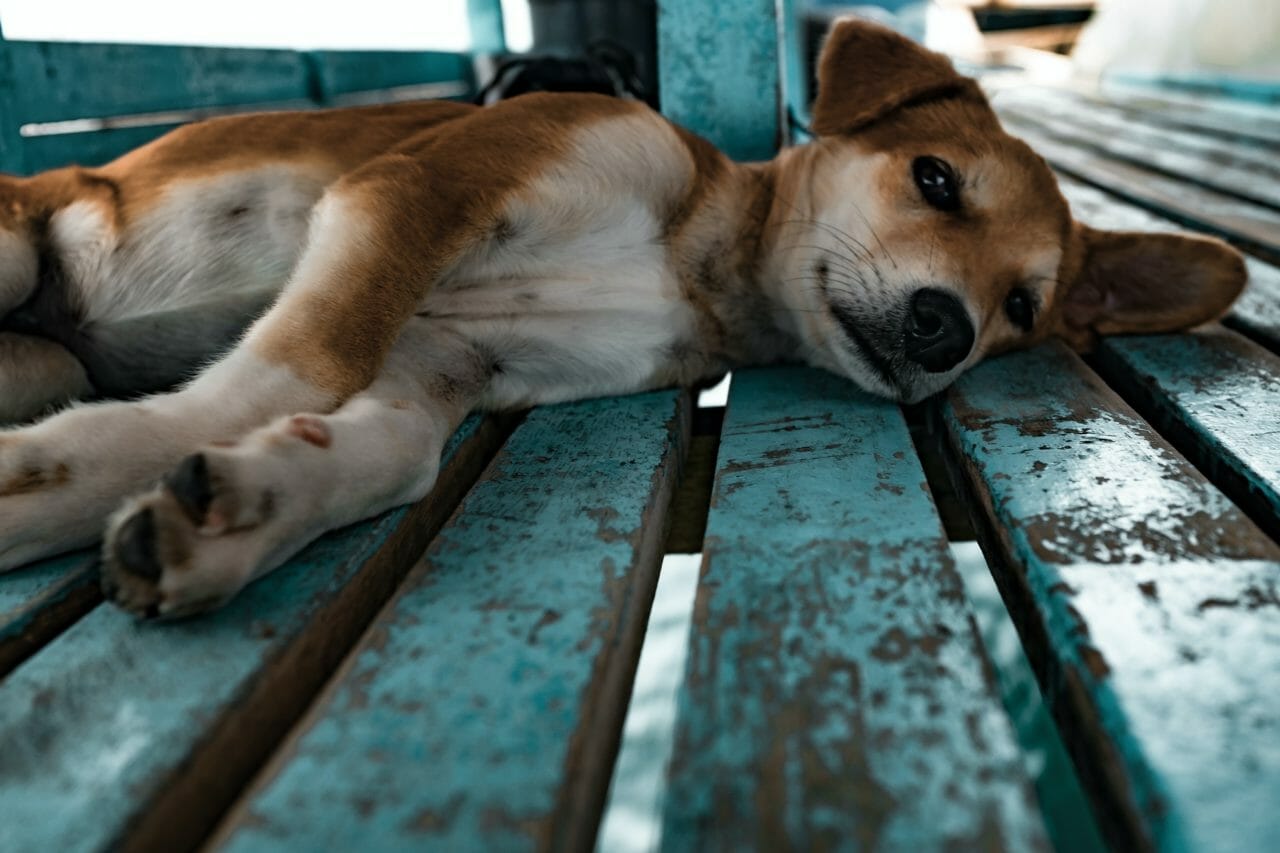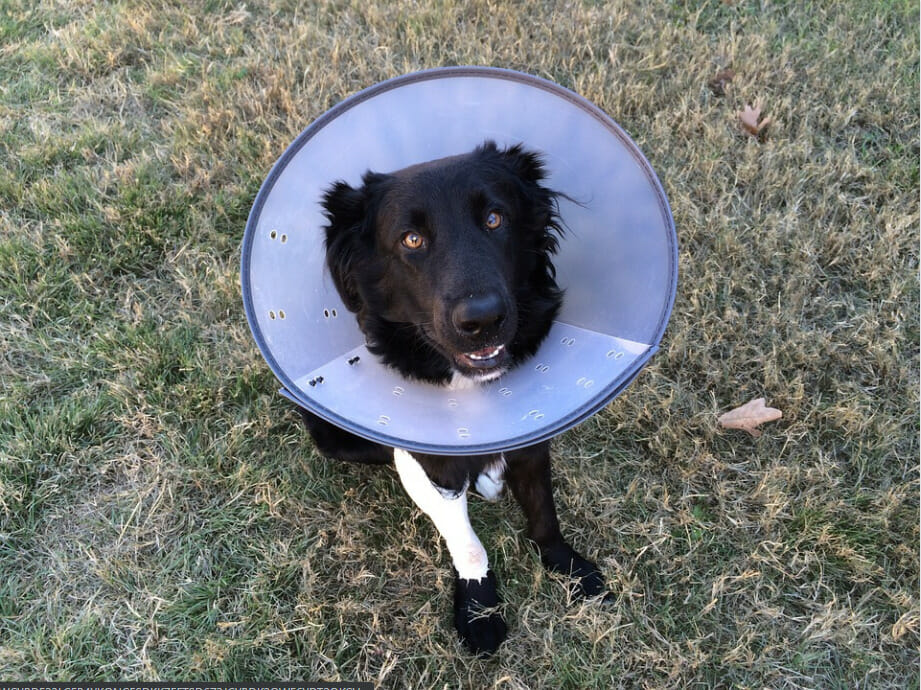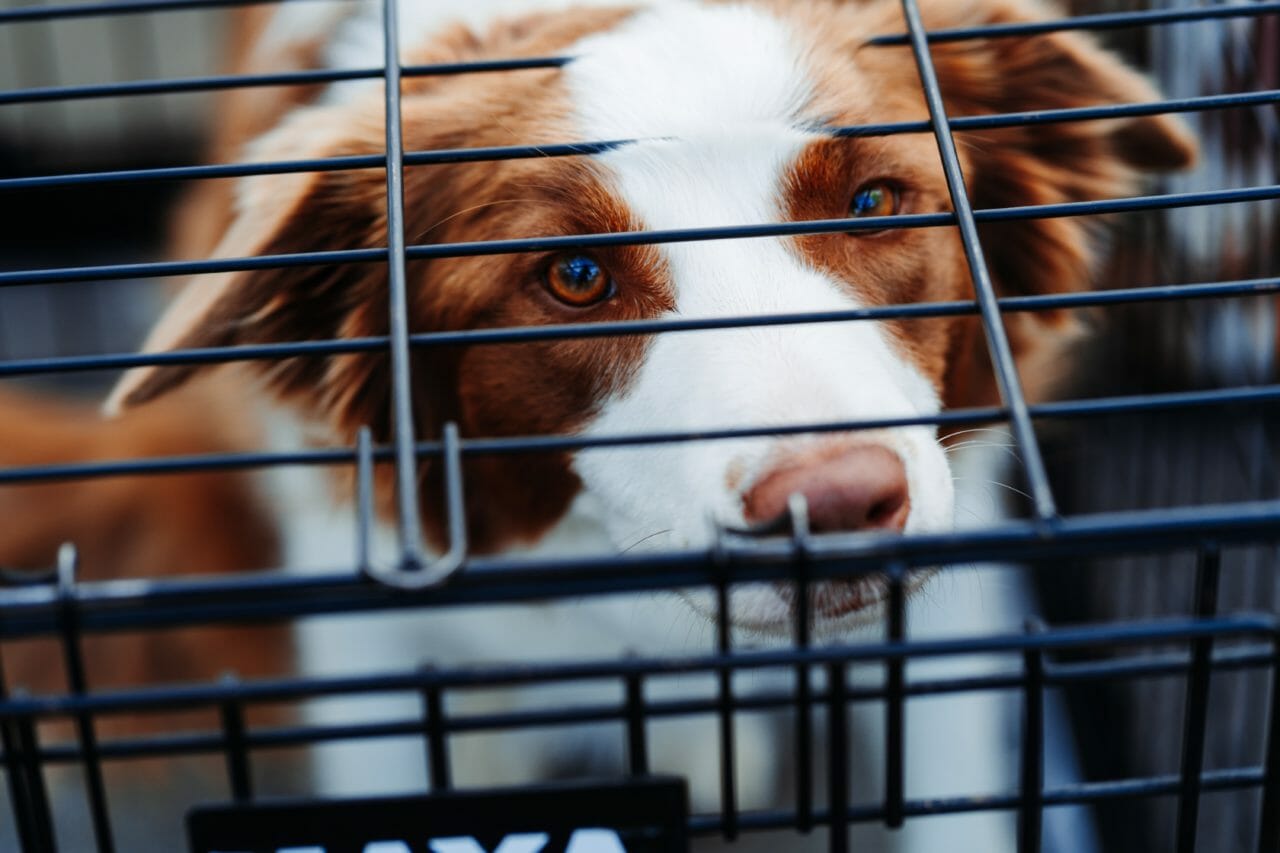While bumps can be concerning after a spay surgery, they are quite normal.
You’ve just gotten home from the vet with your dog after she’s had her spay surgery. You’re tired, but relieved that it’s all done!
Over the next few weeks, you carefully follow the vet’s orders. You ensure she doesn’t lick or get the incision area wet, you keep the area clean of dirt and debris, and you closely monitor her activity level.
But then, a few days later, you notice something strange on her incision site. It’s swollen and there seems to be a lump. You immediately start to panic, thinking that something has gone wrong with the surgery.
Before you call the vet in a panic, take a deep breath. It’s likely that this swollen spay incision is nothing to worry about.
In today’s blog, we are going to discuss swollen spay incisions in dogs. You’ll learn what could be causing the swollen lump and the steps you should take after you discover it.
Document the Bump
The first thing you should do after finding the bump is to take a picture of it. Swollen spay incisions can come in all shapes and sizes, so having a visual will be helpful for the vet.
In addition to taking a picture, make sure to keep track of when you first noticed the lump, as well as any changes in size or appearance. If your vet has the ability to text or email, communicate this information right away.
What Could the Bump Be?
The lump could be indicative of a few different issues. It all depends upon the appearance of the bump on the incision site.
The bump looks like skin folded over at the top or bottom of the incision
This is one of the more common issues. However, there isn’t anything to be alarmed about here.
The stitches are pulling your furry friend’s skin together to help heal the incision faster.
When this happens, the looser skin surrounding the incision point can fold over the top or bottom, especially when your dog is sitting or lying down. When they stand the fold will most likely go away and is nothing to worry about during the recovery.
The Bump Is Small, Round, and Near the Top of the Incision
Usually the size of a pea, this most likely is the knot your vet tied together using suture material during the surgery.
This knot turns into a bump after the incision has been sewn shut and it’s nothing to be worried about.
We still recommend checking the bump once or twice a day. If you notice any enlargement as the healing process continues, contact your vet right away.
The Bump Is Long and Down the Incision Line
If you notice the bump is forming down the same line the incision was made, this is possibly a suture reaction.
When your vet is trying to close up the incision opening, he or she uses some form of suture material. Depending on the vet, the material could be an absorbable or non-absorbable type of suture.
The dog’s reaction to this foreign material can result in a lumpy bump forming along the line of the incision. This is usually not painful for your furry friend and will go away on its own as the body breaks down and absorbs the suture material.
If the suture reaction persists for more than a week or two, or you notice it causing a larger reaction that looks infected, swollen, red, or hot to the touch, it’s time to book a vet appointment.
The Bump Is Filled with Fluid and Is a Balloon Shape
This type of lump is most likely a seroma, which is a collection of plasma that has built up under the skin.
The seroma forms when your dog has been licking or chewing on the incision area. Seromas also result from too much physical activity before the incision has fully healed.
A seroma is not usually painful for your dog but can cause the incision site to feel swollen and look larger. Seromas are usually reabsorbed during the healing process and should fully disappear.
If you notice a seroma, don’t try to drain it at home since this could introduce bacteria and lead to an infection. Instead, book an appointment with your vet so they can properly inspect it and decide if it needs to be drained or can be left alone.
The Bump Is Hard to the Touch and Doesn’t Move
A hard bump like this could be caused by a variety of things:
- If your dog received an implant after orthopedic surgery, you could be feeling the implant itself or a screw holding the implant in place.
- If the incision looks like it is healing well, without any discoloration, swelling, redness, or liquid draining from it, you’ve got nothing to worry about. The bump is most likely part of the healing process.
- If you notice your dog trying to lick or bite the incision or start walking with a limp, this could be a cause of concern as it might indicate that the implant is failing. Contact your vet right away if you notice any of these signs.
The Bump Is Part of a Puckered Region Along the Incision
This is a common side effect of the healing process and nothing to be concerned about.
As your dog’s skin heals, it will start to contract and pull the incision line together. This can cause the skin around the area to pucker or dimple.
The puckering should gradually disappear as the healing process completes. If you notice the wound starting to pull open, that could mean you might see the type of bump we talk about next.
The Bump Is Red and Oozing Fluid
These types of bumps need to be diagnosed by your vet right away and are a fairly serious sign of infection.
Caused by bacteria, these bumps can show up at almost any time post-surgery — from a few weeks to even a few months.
Bacteria can cause infections that can be very painful for your dog and can start out as small red or pink sacks of fluid and quickly turn into large, swollen, and painful lumps.
You might also notice your dog’s temperature start to rise, plus behavior changes like lethargy, or a decreased appetite.
If you notice any of these signs, take your pup to the vet right away to get the correct antibacterial prescription.
The Most Important Thing: Monitor Your Dog’s Behavior
RehabPet’s number one recommendation after any surgery regardless of what the procedure was is to keep an eye on your dog and their behavior during the healing process.
If your pup is acting like their normal selves, eating and drinking as normal, and not showing any other signs of discomfort, then the chances are the lump is nothing to worry about. But, if you start to notice any changes in their behavior, it’s always best to err on the side of caution and take them to see the vet.
While most bumps and lumps post-surgery are nothing to worry about, there are a few that could indicate a more serious problem. And, as we all know, our furry friends can’t tell us when they are in pain or not feeling well, so it’s up to us to keep an eye on them and make sure they are healing properly.
If you have any concerns about your dog’s spay incision, or you notice any changes in their behavior, be sure to contact your vet right away. A proper assessment will result in the best course of action to ensure your dog makes a full and healthy recovery.



